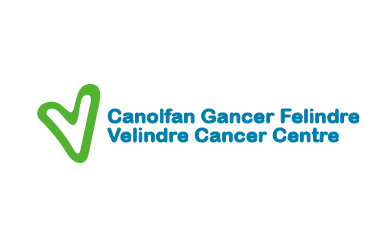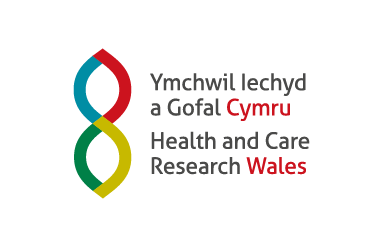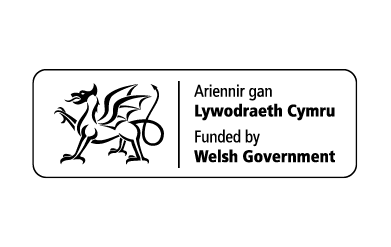What Research Do We Support?
The Wales Cancer Biobank accepts applications from researchers worldwide to use the anonymised biosamples and/or data in their work. Projects must be related to furthering the knowledge of cancer, its initiation, progression and/or treatment but the application process is open to all and the only criteria to be fulfilled is that the proposed work is good science that will contribute to knowledge.
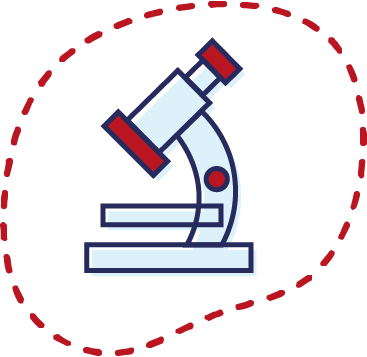
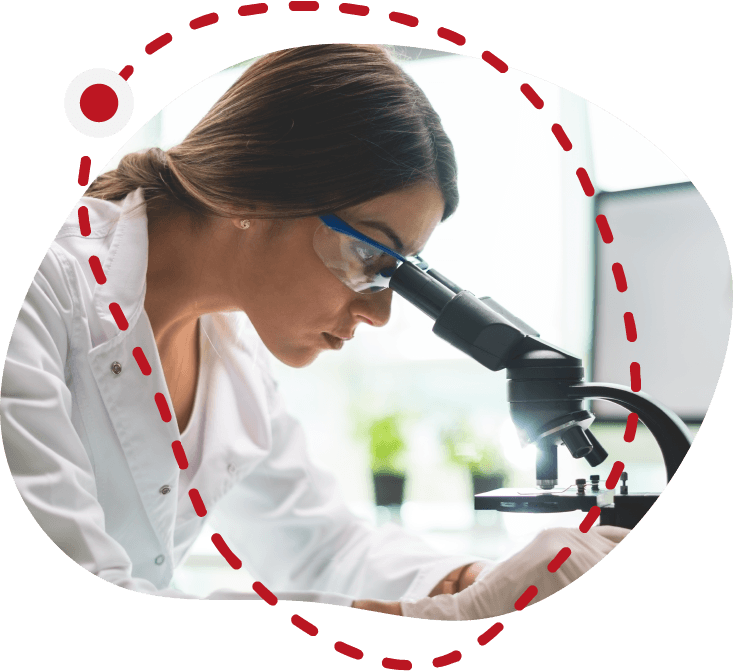
Published Papers using Samples from WCB
WCB receives applications for a variety of different downstream methodologies using a range of numbers of samples, from 2 to 2,000 and, whilst some applications are very prescriptive in their requirements, others are more generalised. WCB requests an acknowledgment in any published works as the source of samples and/or data and some of the more recent journal papers are featured here on our Blog page.
Advancing Biospecimen Research
The Wales Cancer Biobank actively engages in biospecimen science research to expand knowledge around the quantification of pre-analytical factors present throughout the biobanking processes that can affect sample integrity and fitness for the intended purpose. WCB works with other biobanks and biobanking organisations around the UK and further afield to advance the field of biobanking and investigate how biobanks can better support researchers, whilst establishing standards and protocols to improve the quality of the available biosamples.

WCB has provided samples for many research projects, a selection of lay summaries for some of these projects can be found below:
Dr Richard Kuo, Wobble Genomics
Breast cancer is the most common cancer in females in the UK. The advances in screening technologies and adjuvant therapies have greatly improved patient survival rates; however, due to various known limitations of existing screening approaches, breast cancer still represents the second most common cause of cancer death in female patients in the UK. Developing a screening tool that is highly sensitive and specific regardless of age, and is also safe and simple, will significantly benefit the health and welfare of women. At Wobble Genomics, we have recently developed a new molecular approach that allows for efficient detection and accurate characterisation of rare ribonucleic acid (RNA) molecules in the blood. Combining our novel genomic technology (“Level-Up”) and purpose- built data analysis software (“TAMA”) with the latest long-read sequencing platform, this new approach has for the first time made it possible to cost-effectively detect RNA cancer biomarkers with resolution of their full-length structures from a small sample of blood. In this pilot study, we set out to identify blood RNA signatures associated with breast cancer using this new approach. This study will provide valuable preliminary data for the future development of a practical and precise blood RNA detection platform for breast cancer diagnoses.
Prof Awen Gallimore, Cardiff University
Dr Jason Webber, Swansea University
Dr Hemmel Amrania, Digistain
Our previous work has enabled us to develop a technique called Fourier-Transform (FT-IR) Spectroscopy. This technology uses light from lasers to ‘photograph’ the cancer tissue at a wavelength that is not visible to the naked eye (within the infrared spectrum). Research has shown us that these invisible light rays are absorbed by the tissue and this in turn can tell us exactly what chemicals the tissues contain. Using specialised computer equipment, the light that is absorbed by the tissue creates a ‘photograph’ on the computer software using different ‘colours’ to show different chemicals within the tissue. This is known as digital staining.
Our preliminary experiments have shown that the ‘colours’ of cancerous and healthy tissues look completely different. We are now interested in finding out if this technology might be useful in the clinical setting by aiding the diagnosis of breast cancer and the risk of breast cancer returning after treatment. We will be using this new digital staining method alongside the standard diagnostic methods to compare the techniques for accuracy. By testing breast cancer samples from patients that have either had a relapse of their cancer or remained cancer free, we will compare the tissue to identify the differences between the digital staining. The purpose of this study is to evaluate chemical biomarkers that can be used for risk stratification and guide clinical decision making for breast cancer. If risk of recurrence can be predicted using this method, it will mean that many patients will be spared aggressive adjuvant (post-surgery) therapy.
Prof Rachel Errington & Dr Dimitris Parthimos, Cardiff University
Prostate is the most common cancer in men, affecting 1 in 8 individuals. Diagnosis is primarily based on obtaining tissue samples via biopsy and staining them with contrast dyes, followed by grading of cancer stage by employing the long-established Gleason scoring scale. Cancer grading is limited by the accuracy of biopsy in extracting samples of the affected tissue and by an element of subjectivity. We propose to employ a novel mode of painting biopsy tissue with fluorescent dyes that allow a clearer identification of nuclei, the surrounding extracellular matrix, that can highlight regions and patterns associated with aggressive forms of the disease. Along with conventional staining of adjacent tissue, these samples will be graded by expert pathologists to evaluate the novel painting approach. Images of both types of conventional staining and novel fluorescent painting of prostate tissue will be subsequently analysed and Gleason graded by artificial intelligent systems, specifically developed to automate the diagnostic process. The AI algorithms will also focus on particular cellular organisation patterns associated with aggressive forms of prostate cancer that require urgent treatment. This automated approach forms an important step towards the emergent healthcare technologies of precision oncology.


